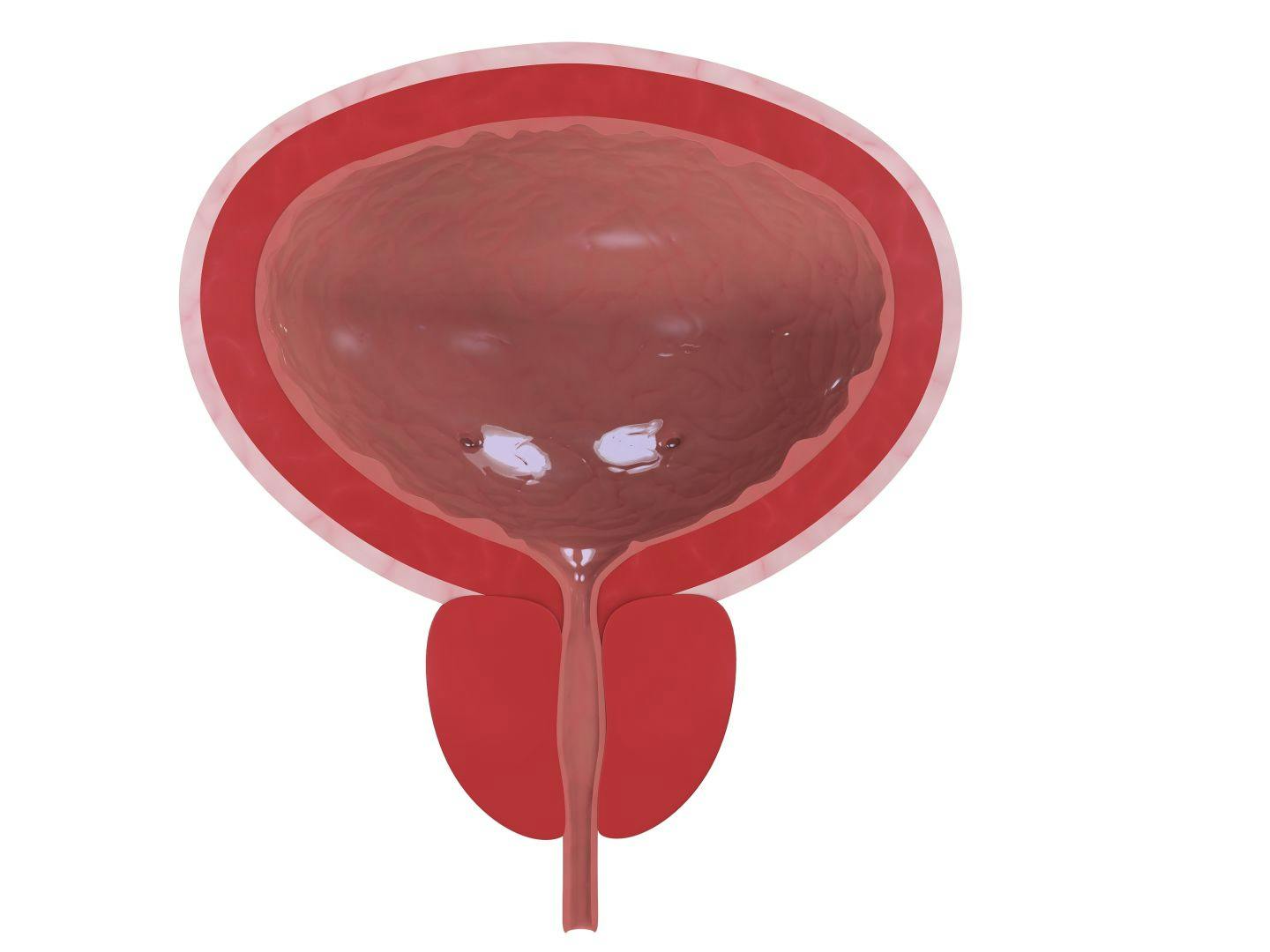What is Overactive Bladder (OAB)?
Overactive bladder is a condition where the bladder muscles contract involuntarily, leading to a sudden and urgent need to urinate, often accompanied by frequent trips to the bathroom. It may also involve urinary incontinence, which is the inability to hold urine. OAB is not a normal part of aging, though it is more common in older adults.This condition can significantly impact a person’s daily activities, self-esteem, and quality of life. Fortunately, physical therapy can help manage and alleviate symptoms of OAB, restoring control over bladder function and improving overall comfort.
How Physical Therapy Can Help with OAB
Physical therapy plays a key role in treating overactive bladder and pelvic floor dysfunction. At L&P Lymphatic & Pelvic Physical Therapy, we offer specialized therapy for OAB management, including the following:
- Pelvic Floor Strengthening Exercises
- Kegel Exercises: Targeted exercises to strengthen the pelvic floor muscles, which support the bladder, improve control, and reduce the frequency of urgency.
- Coordination Training: Teaching patients to relax or contract their pelvic muscles as needed to improve bladder control.
- Bladder Retraining
- We work with patients to gradually extend the time between urination and reduce urgency through bladder training techniques.
- Behavioral Strategies
- We educate patients on timed voiding and other strategies to reduce urgency and prevent accidents.
- Biofeedback
- Biofeedback allows us to monitor and teach patients how to strengthen their pelvic floor muscles with real-time feedback, improving bladder control over time.
- Electrical Stimulation
- For some patients, we may incorporate electrical stimulation to help improve pelvic floor muscle function and reduce symptoms of OAB.
- Lifestyle Education
- We offer guidance on fluid intake, dietary adjustments, and exercise routines to help manage OAB symptoms and improve overall pelvic health.

